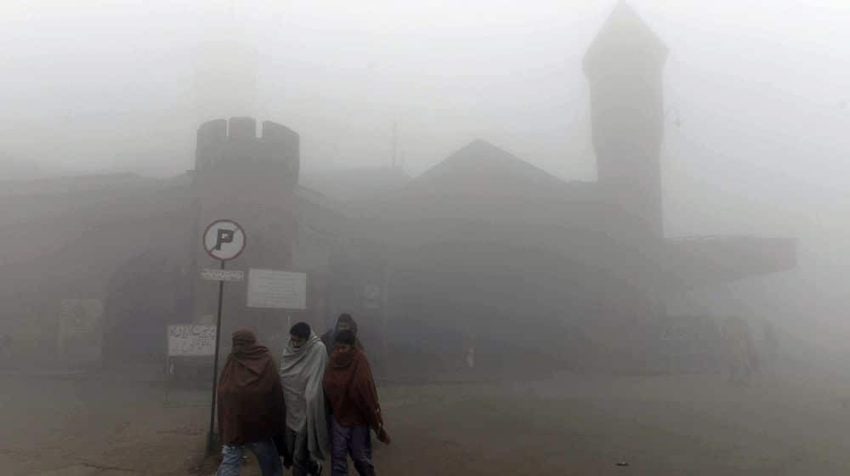Weather experts are forecasting that the 2025-26 winters could be one of the coldest in recent history, with growing evidence pointing to the return of La Niña, the climate phenomenon that leads to cooler-than-usual sea temperatures in the Pacific.
La Niña is known for disrupting air circulation and jet stream patterns, often resulting in significantly colder winters, extended frost periods, and more intense snowfall in many parts of the world.
Leading climate agencies, including the US Climate Prediction Center, have issued alerts based on oceanic temperature shifts, which are expected to trigger La Niña conditions in the coming months.
If the predictions hold, many regions might experience early cold spells, heavier frost, and snowfalls at higher altitudes.
Meteorologists caution that even a milder La Niña event can cause substantial temperature drops, potentially impacting daily life, agriculture, and local economies.
The ripple effects of the colder weather may be felt across several countries, especially those that are not typically accustomed to extreme winter conditions.














